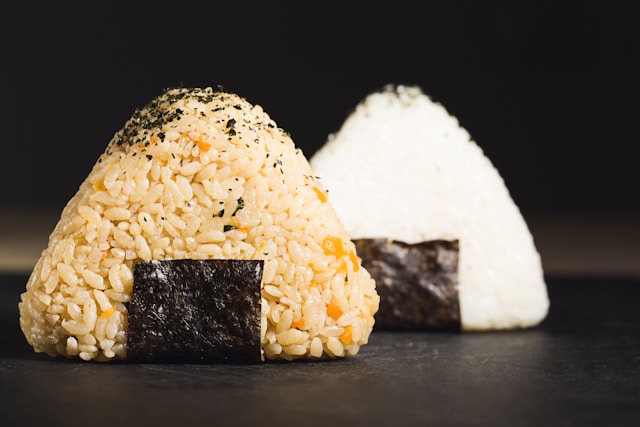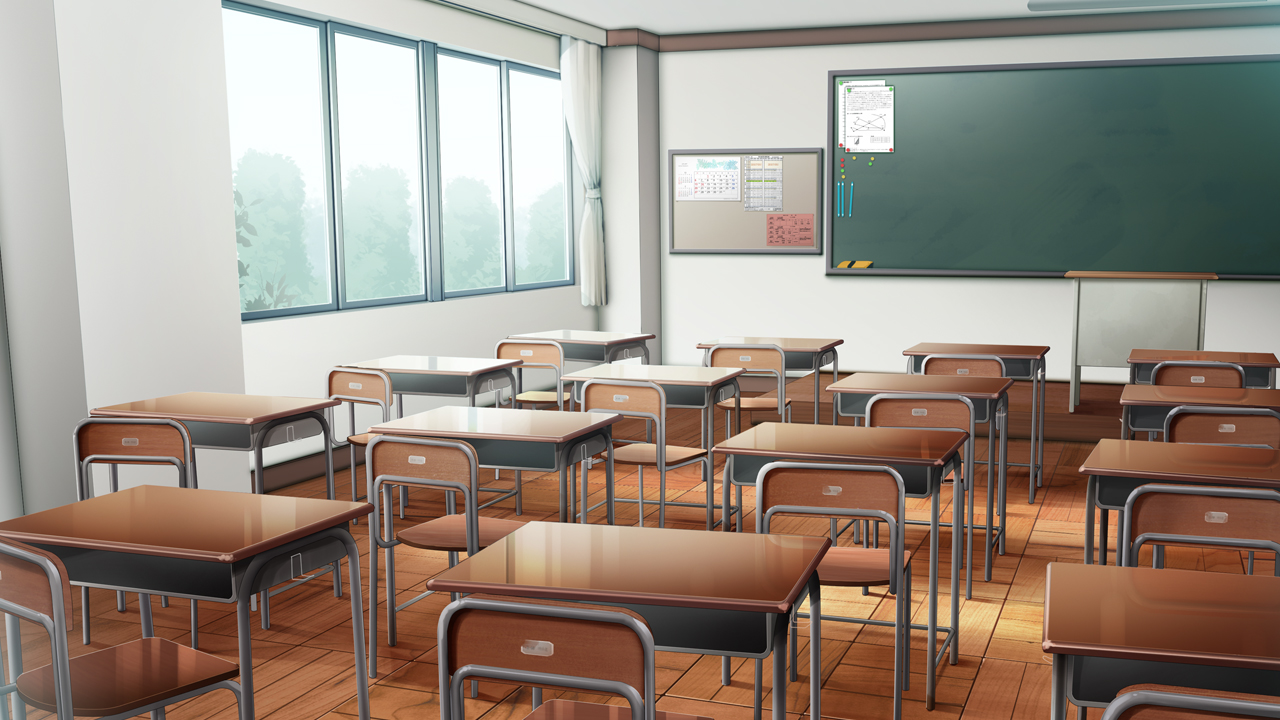Are you trying to make sense of childcare in Japan? From Yochien and Hoikuen to Certified Kodomo-en and international preschools, understanding your options is key to finding the best fit for your child. This guide will help you navigate the childcare landscape in Japan with ease.
Who Is This Guide For?
- Current Residents in Japan: Whether you’re a local or an expat, this guide helps you understand childcare options available in your area.
- Families planning to move to Japan: Gain insights into childcare availability and enrollment processes.
- Working Parents: Discover options that accommodate full-time work schedules, including Hoiku-en and certified Kodomo-en.
For general information on the Japanese education system, explore the blog post “Schooling System in Japan: What an Expat Parent Need to Know“.
General Overview: Childcare in Japan
In Japan, children often begin their educational journey as early as age three, especially when both parents are working. A staggering 90% of children aged three and four are enrolled in nurseries or kindergartens. Thanks to government subsidies, the financial burden is relatively low, making high-quality childcare accessible for most families.
The kindergarten and nursery programs are primarily run by municipalities. This means each municipality can set its own requirements and program content. If you wish to learn about spescific timelines and fees on child care, consulting with the municipal office of your residence is recommended.
Key Childcare Options
Japan offers a range of childcare facilities designed to meet diverse family needs. Here’s a quick overview:
| Facility Type | Age Group | Key Features |
|---|---|---|
| Nurseries (Hoiku-en) | 0–5 years | Full-day care for working parents, up to 11 hrs. |
| Kindergartens (Yochi-en) | 3–5 years | Focus on social and emotional development. |
| Certified Kodomo-en | 0–5 years | Combines Hoiku-en and Yochi-en features. |
| International Preschools | 0–5 years | English-based education, often privately run. |
Hoiku-en: A Lifeline for Working Parents
Hoiku-en (0–5 years) are designed to support families where parents cannot provide full-time care due to work or other commitments. These facilities, established under the Child Welfare Law, operate up to 11 hours daily, including holidays, ensuring children have structured routines with rest, meals, and play.
Authorized Hoiku-en, approved by the prefectural governor, meet strict national standards, ensuring high-quality care. They are subsidized by the government, making fees more affordable. Non-Authorized Hoiku-en, while more expensive, may offer unique programs, extended hours, or 24-hour care. Applications for Authorized facilities are made through municipalities, while Non-Authorized ones require direct applications.
Authorized vs. Non-Authorized Hoiku-en
| Criteria | Authorized Hoiku-en | Non-Authorized Hoiku-en |
|---|---|---|
| Approval | Meets national standards; subsidized | Independent; higher fees |
| Fees | Lower (subsidized by government) | Higher (often private funding) |
| Programs | Standardized curriculum | Unique offerings (e.g., 24-hour care) |
Yochi-en: Preparing for Elementary School
Yochi-en (3–5 years) are kindergartens in Japan that serve as a preparatory stage for elementary school. Governed by the School Education Law, these facilities are legally categorized as schools. Unlike Hoiku-en, Yochi-en emphasize social, emotional, and moral development over academic learning, fostering essential life skills through interactive play and peer engagement. This approach reflects Japan’s cultural ethos of nurturing foundational human values in early childhood.
Yochi-en typically operate on weekdays with daily schedules of about four hours and observe extended vacation periods. Tuition fees range from ¥20,000 to ¥30,000 per month, with subsidies available for eligible families.
There are two main types of Yochi-en:
- Public Yochi-en: Operated by municipalities, offering affordable tuition. Applications must be submitted to the local municipal office.
- Private Yochi-en: Managed by educational or welfare organizations, often providing diverse programs. Applications are made directly to the institution.
By combining structured activities with an emphasis on play, Yochi-en prepare children for the academic and social challenges of elementary school.
| Public Yochi-en | Private Yochi-en |
|---|---|
| Operated by municipalities, lower fees. | Run by organizations, offers diverse programs but at higher costs. |
Certified Kodomo-en: A Flexible Option
Japan’s childcare system traditionally relied on Hoiku-en (nurseries), which provide full-day care for children aged 0–5, and Yochi-en, which focus on early education for children aged 3–5.
However, with societal changes—such as the rise of dual-income households and the need for more inclusive childcare options—Japan introduced Certified Kodomo-en in 2006. These facilities combine the roles of both Hoiku-en and Yochi-en, offering flexible care and education under one roof.
Certified Kodomo-en cater to families regardless of whether both parents work, making them a practical choice for a wider range of households. This flexibility has made them increasingly popular, with over 7,000 facilities nationwide.
Why Choose Kodomo-en Over Hoiku-en or Yochi-en?
The choice between these facilities depends on your family’s needs:
- Hoiku-en: Ideal for parents who need full-day care due to work commitments.
- Yochi-en: Focuses on early childhood education, suitable for families where one parent may be at home.
- Kodomo-en: Offers the benefits of both, providing full-day care and education in a single institution.
By understanding these differences, families can find the option that best aligns with their work schedules, educational priorities, and childcare requirements.
International Preschools
International preschools are an appealing option for families seeking English-based education in Japan. These facilities often emphasize global learning, with schedules resembling kindergartens—typically operating in the morning or until early afternoon (1–2 PM).
Most international preschools are non-certified childcare facilities, meaning they are not officially categorized as “kindergartens or nurseries” under local government regulations. Tuition fees are higher than other childcare options, averaging ¥80,000–¥160,000 per month.
For families interested in further options, explore the blog post “Choosing the Right International Schools in Tokyo“.
Enrollment Processes
Authorized Hoiku-en
Children can be enrolled in most Authorized Hoiku-en from 57 days after birth, aligning with the mandatory 8-week maternity leave under the Labor Standards Act. However, the eligible age may vary, so confirming with your local municipality is essential. In urban areas, the competition for spots is high, making the application process particularly challenging.
Application Timeline for Authorized Hoiku-en:
- May–July: Gather information and visit facilities.
- October–December: Submit applications for April enrollment.
- January–February: Receive results and prepare for entry.
- Second Round Applications: If spots remain, a second application round may be conducted. Check with your municipal office for updates.
Non-Authorized Hoiku-en
Non-Authorized Hoiku-en accept applications year-round if spaces are available. Early contact is crucial, as many facilities require preliminary visits or interviews before the main application. Enrollment can often begin at the start of any month when openings arise.
Yochi-en
Applications for public Yochi-en are limited to facilities within your local area, and admission procedures differ by region. It is essential to review your municipality’s website or contact the desired Yochi-en directly for details.
Timeline for Enrollment:
- April: Attend open houses and information sessions.
- September–October: Submit applications and participate in interviews.
- November-March: Orientation meetings for entrance preparations and uniform distributions.
- February-March: One-day trial enrollments are available in most Yochi-en to acclimate children to the new environment.
Fees and Subsidies
Childcare fees for both public and private Yochi-en are subsidized, with a maximum limit of 25,700 yen per month. Additional costs, such as lunch and material fees, can range from a few thousand to tens of thousands of yen, depending on the facility.
Certified Kodomo-en
Enrolling in a Certified Kodomo-en involves obtaining municipal certification under the New Child and Child-rearing Support System (2015). The process and certification type depend on the child’s age and the family’s childcare needs.
Reasons Necessitating Childcare
Families must meet specific requirements to qualify, such as:
- Parents’ employment (full-time, part-time, night shifts).
- Pregnancy, illness, or disability of a guardian.
- Caregiving for relatives or disaster recovery efforts.
- Participation in job-seeking, education, or training programs.
- Other circumstances approved by the municipality.
Certification Types
- Type 1: For children aged 3–5, focused on early education (similar to Yochi-en).
- Type 2: For children aged 3–5 who require both care and education.
- Type 3: For children aged 0–2 needing childcare services (similar to Hoiku-en).
Application Process
For Type 1 Certification (3–5 years)
- September–October: Apply directly to the chosen Kodomo-en.
- October–November: Receive provisional admission confirmation from the institution.
- December–February: Complete preparations such as uniform acquisition and health checks.
- March: Finalize municipal certification and enrollment contracts.
For Type 2 and Type 3 Certification (0–5 years)
- Initial Application: Submit a certification request to your municipality.
- Post-Approval: Apply to the Kodomo-en via your municipality.
- December–January: Attend interviews with the institution.
- February–March: Finalize contracts and attend orientation sessions.
Fees
Childcare fees vary based on certification type and household income:
- Type 1 and 2 (3–5 years): Typically up to ¥25,700/month, with additional costs for uniforms, meals, or materials.
- Type 3 (0–2 years): Fees can range up to ¥104,000/month, depending on income and local guidelines.
International Preschools
International preschools in Japan often accept admissions from as early as one year of age, with some even accommodating infants from birth. Typically, parents aim to enroll their children by the age of three, as many schools require admission by this age. In such cases, education may begin around one year old through affiliated preschool programs.
- Average Costs: ¥80,000–¥160,000 per month, often higher than other options.
- Enrollment Tip: Many schools require applications by age three, so early planning is essential.
Other Childcare Options
In addition to Hoiku-en, Yochi-en, and Certified Kodomo-en, Japan offers a variety of childcare options tailored to diverse family needs and circumstances:
| Facility Type | Description |
|---|---|
| Community-based Childcare | Introduced in 2015, these services cater to children aged 0–2 and offer four flexible childcare types. Eligibility requirements, such as parents being employed, are set by local governments. |
| Corporate Nurseries | Provided by companies for their employees, these facilities are designed to support working parents in balancing work and family life. |
| In-Hospital Childcare | Tailored specifically for hospital workers, offering convenient on-site childcare for staff with irregular schedules. |
| Family Support Centers | Peer-based childcare assistance, allowing registered members to entrust their children to others or request pick-up/drop-off services. Local governments facilitate these programs. Registration is required. |
| Babysitters | Private, home-based childcare services. Many babysitters are registered with staffing agencies for easy access to caregivers. |
| Other Facilities | Additional options include Children’s Centers for after-school care, Child Welfare Facilities, Mother-Child Living Support Facilities, and Intellectual Disability Facilities. These address specific needs and circumstances. |
Additional Reference
For more detailed guidance on living and working in Japan, including childcare options and related services, refer to Chapters 4 “Childbirth and Parenting” and Chapter 5 “Education” of the Immigration Bureau’s “Living and Working Handbook.” This resource offers practical information tailored for foreign residents navigating life in Japan.
Conclusion
Choosing the right childcare in Japan can seem complex, but understanding each option is key to making the right decision. Whether it’s Hoiku-en, Yochi-en, Nintei Kodomo-en, or an International Preschool, parents have a wealth of choices to explore. The availability of various community-based and specialized services further expands these options. It’s crucial for parents to assess their needs and consult with local authorities to find the best fit, ensuring their children grow in a nurturing and enriching environment that aligns with their family values and goals.
FAQs: Common Questions About Hoiku-en
Q1. What if I don’t get into my desired Authorized Hoiku-en?
It happens, but don’t stress! You can explore Non-Authorized Hoiku-en, as spots often open up after the initial results. Reach out to these facilities directly to check availability. If needed, consider extending parental leave—it’s legally up to 2 years, and some companies even allow longer.
Q2. How do I choose the right Yochi-en?
Start by visiting a few. Open houses and trial sessions give you a feel for the environment and staff. Think about your family’s priorities—values, programs, location—and see if they align. It’s all about finding the right fit for your child’s needs and your lifestyle.
Q3. How can I figure out my childcare needs?
Take a step back and think: Do you need full-day care, or are flexible hours enough? Also, is language or cultural alignment important for your child’s early education? Knowing what matters most will guide your decision.
Q4. What should I do when visiting facilities?
Be observant! Check how the staff interacts with kids, how clean and safe the environment feels, and whether the vibe matches what you’re looking for. Open houses or trial sessions are the perfect opportunities to get a firsthand look.
Q5. Where can I find reliable reviews?
Local parenting forums and expat communities are gold mines for honest feedback. You’ll often find tips and experiences from parents who’ve been through the same process.
Q6. Who has the most accurate info on childcare availability?
Your local municipal office is the best source for up-to-date information. They’ll guide you on available spots, application processes, and even subsidies you might qualify for.


